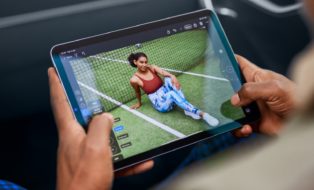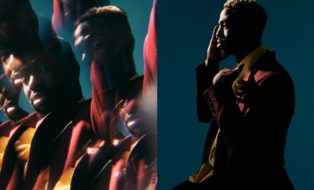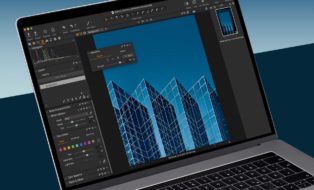Shooting tethered no longer means being confined to a set radius. With the emergence of wireless tethering, both studio and on-location photographers can now be closer to the action while maintaining a smooth workflow and close collaboration with clients and colleagues.
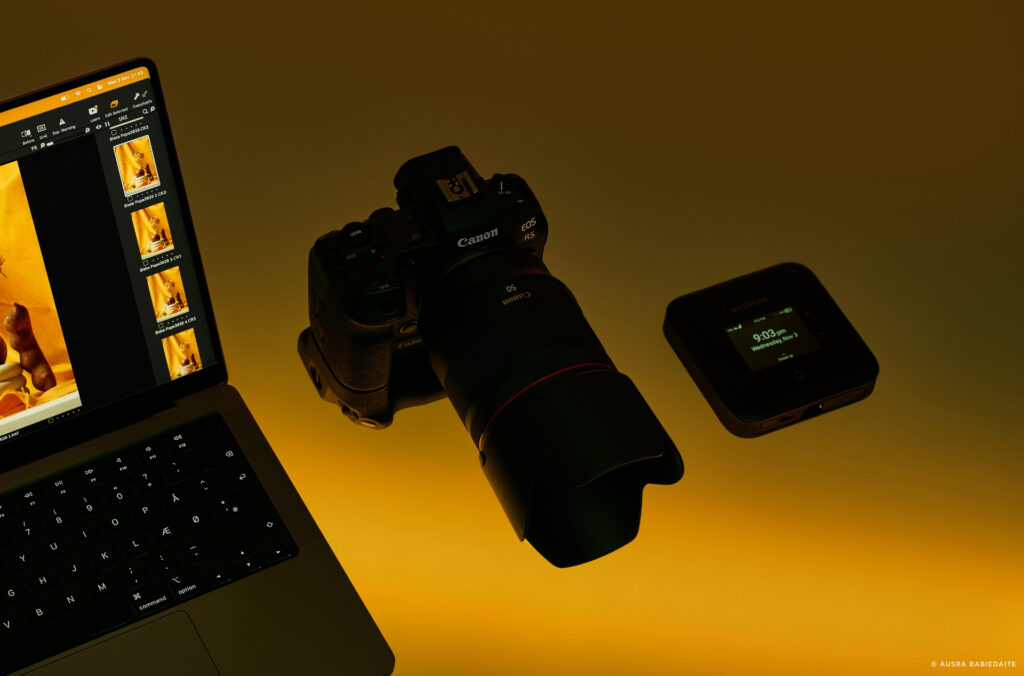
What is Tethered Shooting?
Shooting tethered is simply shooting with your camera connected to your computer so that the images taken are quickly imported into the editing software, where they are displayed in real-time. While shooting tethered, the photographer can change exposure, trigger, and compose through LiveView. This provides an environment for the photographer, a creative team, the subject, or the client to have great control over the output by seeing the images on a large screen and adjusting the shoot parameters on the fly. Many photographers work with tethered shooting as it also allows them to instantly organize their images and apply styles or sets of adjustments to better show a client a closer-to-finished result.
Traditional tethering is done via USB cable between the camera and computer, and as a good quality cable is point-to-point and shielded, it is very consistent, fast, and manageable. Yet wired tethering is restrictive by nature as the photographer can only move as far as the cable will go. This is why the dream has always been to have effective wireless tethering.

The Problem – Wired
Akin to a leash, your movement and behavior when shooting tethered – and consequentially the flow of the shoot – can be restricted. Cables are prone to being pulled out of either the camera or computer breaking the connection. It limits your direction, and even how you hold the camera. Wired shooting can also be a tripping hazard for the photographer, stylist, art director or anyone else who moves around the set.
Most tethering cables adhere to the recommended length of 15 feet or 4.5 meters, as anything beyond that can bring inconsistency to the connection. To extend that, you typically need specialized devices to connect two cables and boost the signal. Yet it is a testament to the value of tethered shooting that even in the face of all these restrictions, so many photographers still find tethering essential.
The Solution – Wireless
The alternative to the standard tethered capture is wireless tethering. With Capture One 22, the ability to wirelessly tether directly from a supported Canon camera to the editing software is now mature enough for professional use and opens up a new world of possibilities.
Capture One has long been lauded as the supreme tethering software. As it shares a lot of the same code as USB tethering, shooting wirelessly into Capture One is a freeing experience that affords you all the benefits that wired tethering is known for without being on the end of a leash.
Wireless tethering is not a replacement for wired tethering. The speed at which the data is transferred from camera to computer does not match wired tethering. Yet, it is ideal for shoots that call for agility, where a slight delay will not mess up your flow.
The difference in speed makes tethering from supported Canon cameras into Capture One best suited for slower paced shoots. A fast-paced fashion shoot with hundreds of images every few minutes will benefit from a wired connection. But even in a studio, wireless can be a great choice for product, food, or even portrait photography.
With the launch of Capture One Live coming later this year, the potential of wireless on-location tethering is wide open. Combined with Capture One Live’s ability to have collaborators and clients view the images remotely anywhere in the world wireless tethering opens for brand new ways of collaborating to get the perfect shots.

How to Speed Up Your Wireless Tethering
Though it might seem like the benefits of shooting wireless are compromised by the time it takes for images to arrive on your computer, there are things that you can do to speed up the process.
As tethering is often used for analyzing an image as it is taken, displaying the raw file isn’t always necessary. Additionally with the Canon R5, using the WFT-R10B grip will double the transfer speed compared to no grip. If you are working on location, you can additionally connect to a mobile 4G or 5G mobile hotspot. You can also be aware of covering the antennae of the camera and being mindful of your distance from the computer; all of which are standard best practices.
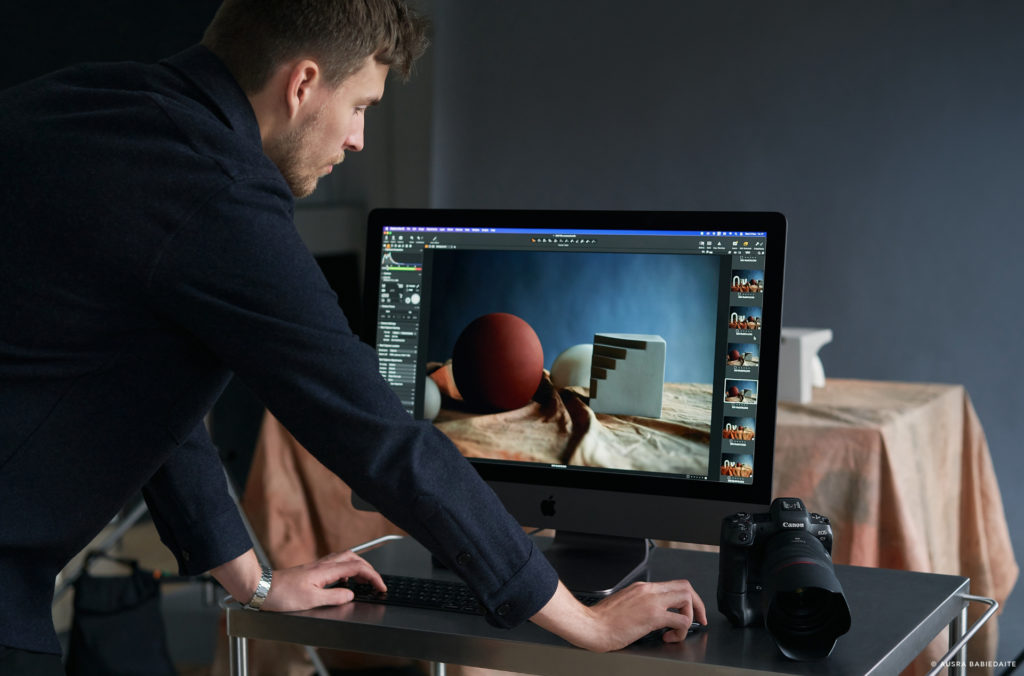
Learn how to set up wireless tethering with Capture One in this video.
